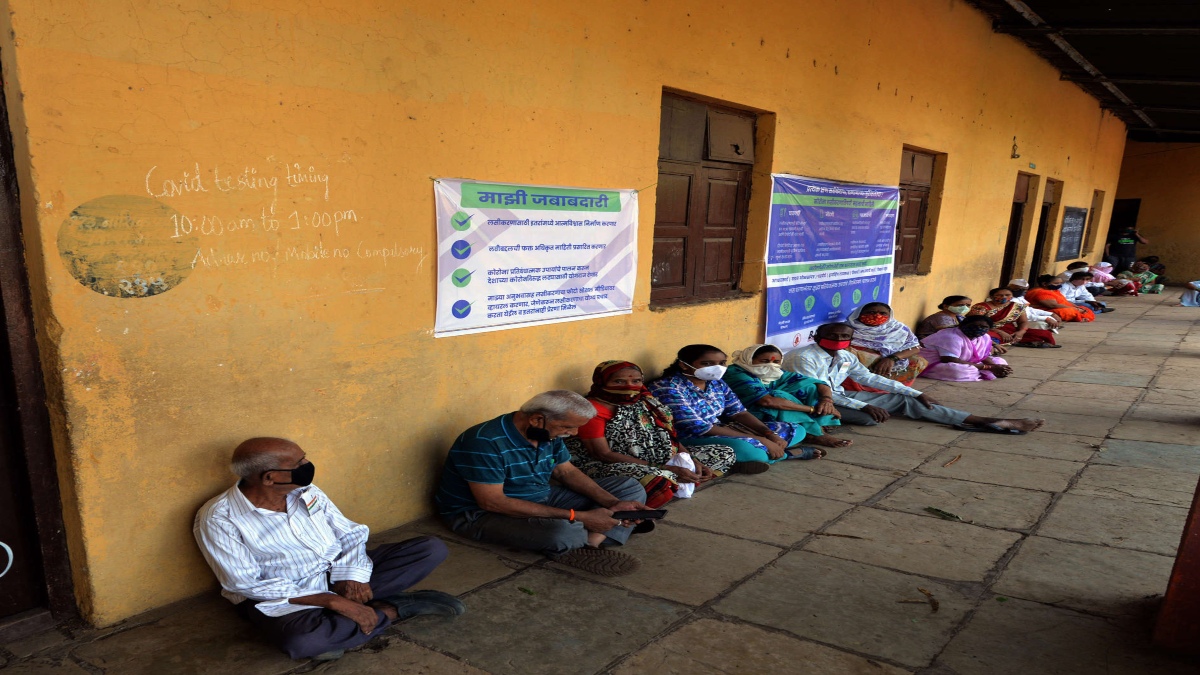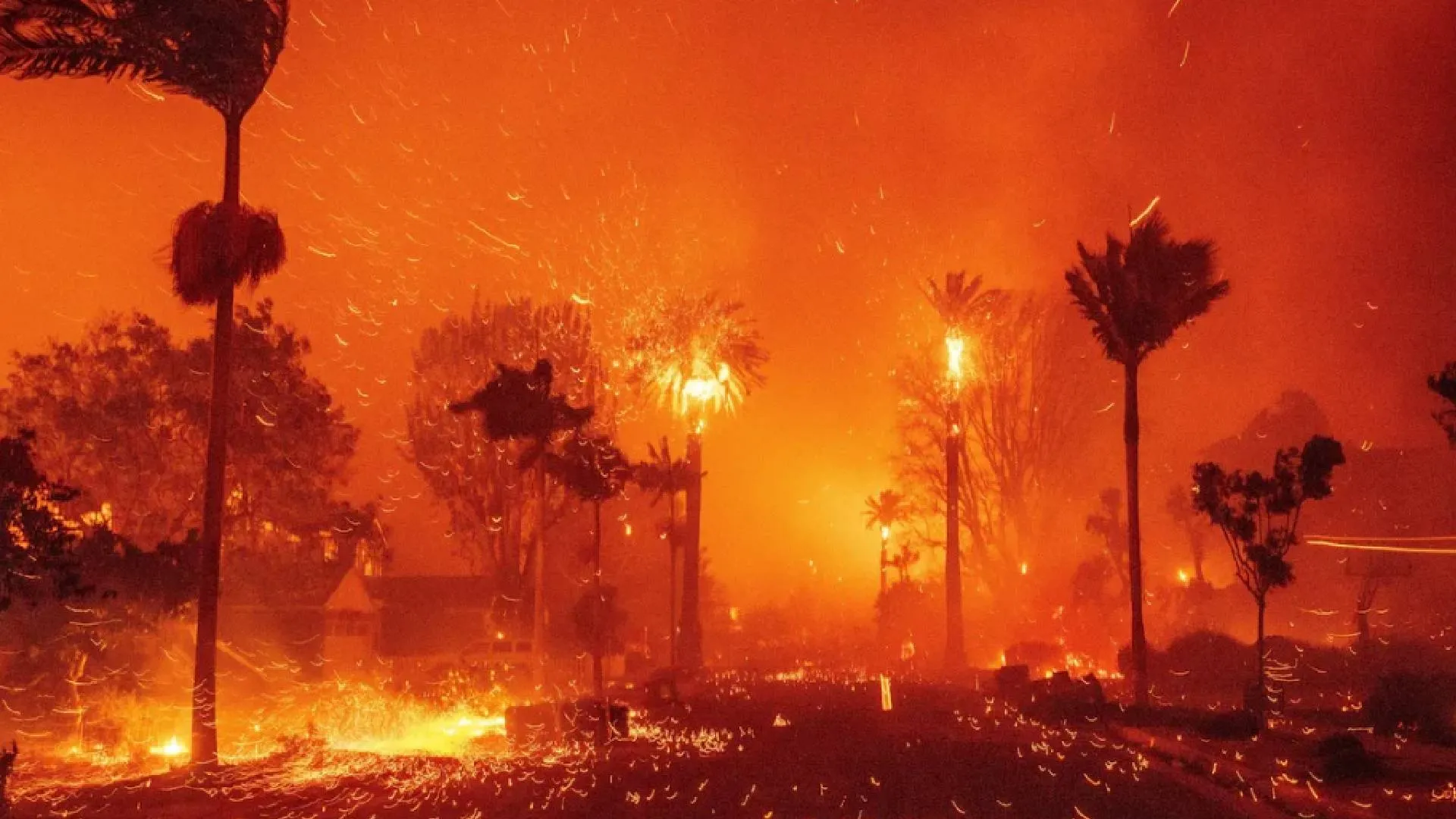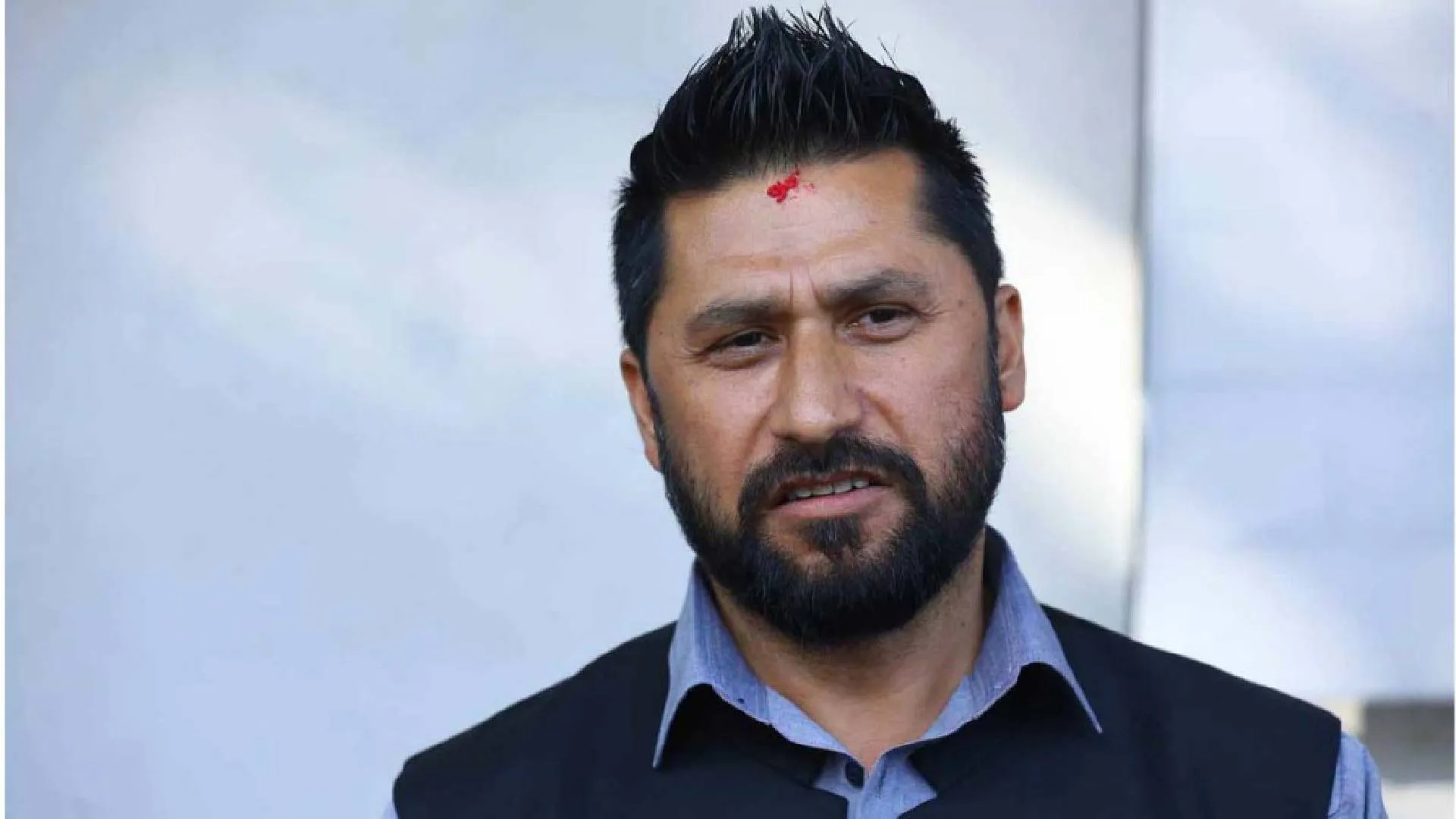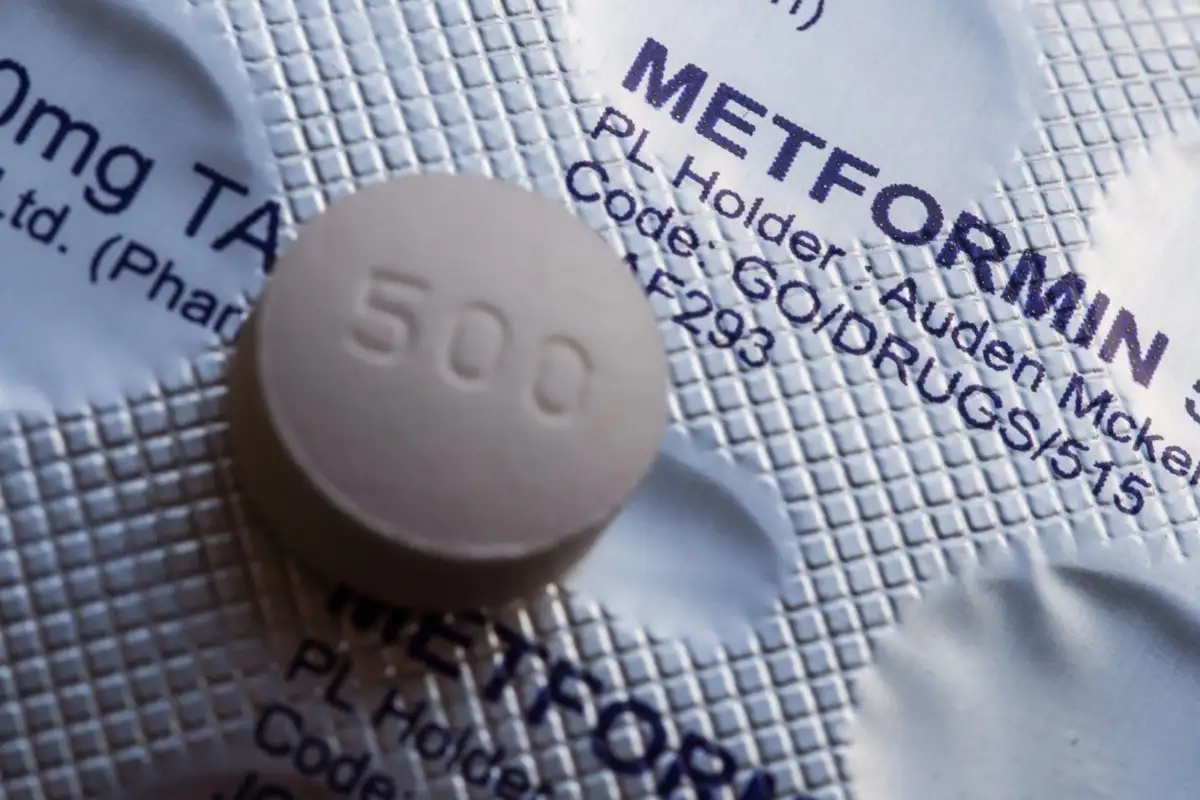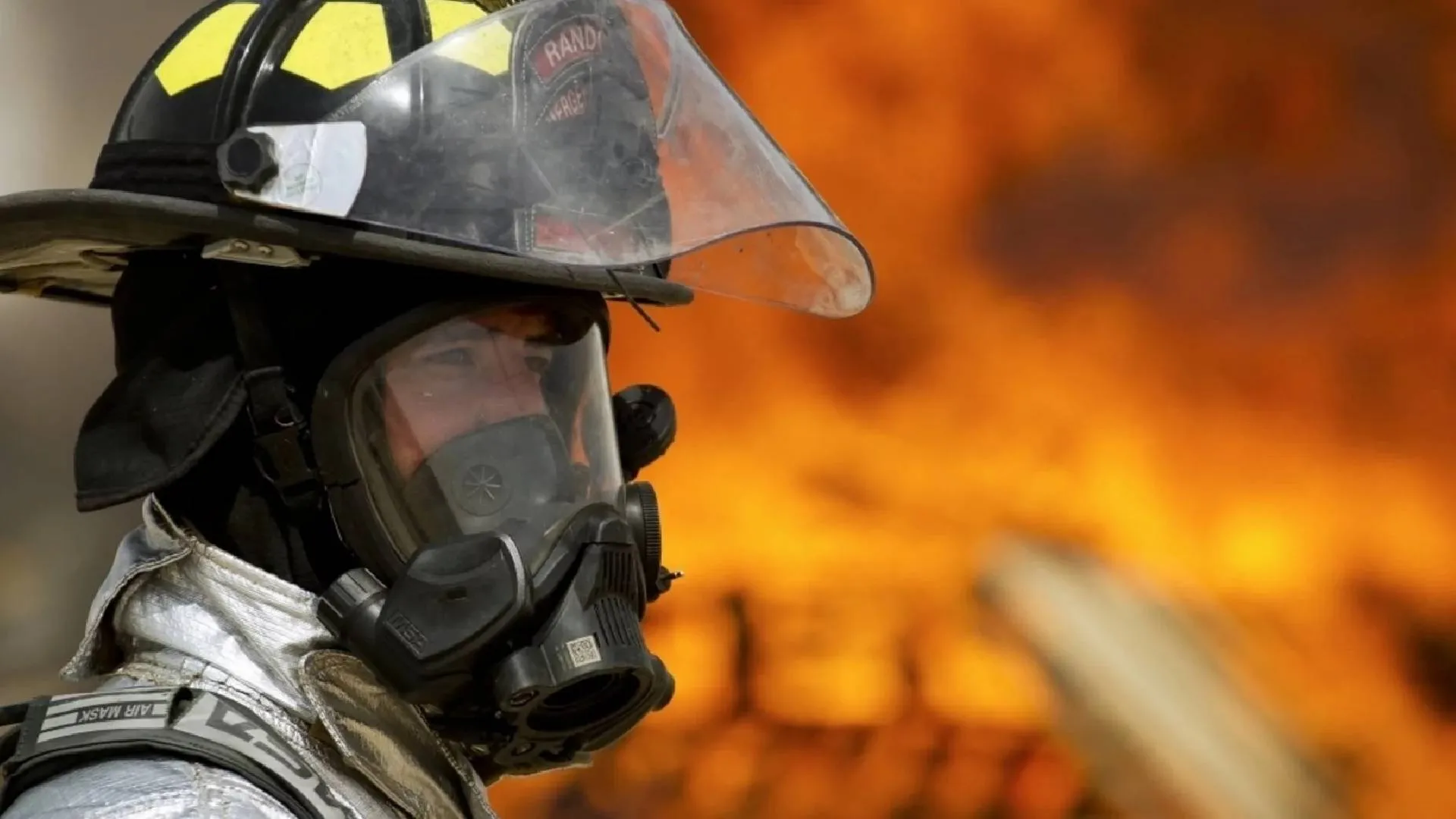On 21 October 2021, India passed the much-awaited one billion (100 crore) mark of administering COVID-19 vaccines in the country. The achievement was widely applauded and celebrations organized in every part of the country. As per the latest figures available on India’s online vaccination portal, CoWin, overall, 117 crore doses of the COVID-19 vaccines have been administered to the Indian population with 38 crore people having received both doses and 37.5 crore people having received one dose. The Indian COVID-19 vaccination programme which started in January 2021 (with frontline and healthcare workers) has picked up speed in the last few months, and roughly 72.5% of Indian adults will be fully vaccinated by the end of this year. India is using three vaccines – the Oxford-AstraZeneca vaccine, manufactured locally as Covishield, COVAXIN by Indian firm Bharat Biotech, and Russian-made Sputnik V, with a few more in the various stages of approval. While vaccination in India is voluntary, the government and health experts have been running informative and public health programmes and announcements encouraging people to get vaccinated across the country.

Source: Wikimedia Commons
India has a population of roughly 138 crores, so these numbers do resonate as a massive achievement. However, as highlighted in a press release by the World Health Organization (WHO), in the fight against the COVID-19 pandemic, we have to realize that “no one is safe until everyone is safe.” When talking about the extent of COVID-19 vaccination in India, it is important to trace which community groups, genders, and regions are being left behind or have lower rates of vaccination compared to others. Protecting such groups and ensuring their access to vaccination is improved is critical to ensuring that all of India is equipped to continue to fight against the COVID-19 pandemic.
STATES WITH LOWEST VACCINATION RATES


There are huge disparities between states who have administered at least one dose of a COVID-19 vaccine to their total population. States such as Himachal Pradesh, Sikkim, and Goa, which had given at least one dose to around 75% of their total population are on one end of the scale. However, on the other end of the scale are states such as Nagaland, Meghalaya, and Jharkhand which have only administered at least one dose to around 32-39% of their population. Furthermore, state-wide averages also hide large disparities between districts.
Some districts are lagging further behind compared to others due to a lack of access and availability of vaccines or general lack of awareness about vaccinations. States such as Uttarakhand, which have good state averages of vaccination, have a large percentage point difference in coverage between their most and least vaccinated districts. In Dehradun, coverage is 74% and in Champawat, 48%. Across the country, 48 districts have been identified as lagging behind — with first-dose coverage still below 50%. 26 of the 48 districts are in the north east of India, including eight districts each in Manipur and Nagaland. Among all states, Jharkhand has the most number of districts — nine — with less-than-50% first-dose vaccination coverage as per data by the Health Ministry.
When talking about second-dose vaccination, four of the eight largest states in India have been able to achieve population coverage higher than the national average of 31%: Gujarat (55%), Karnataka (48%), Rajasthan (39%), and Madhya Pradesh (38%). However, the other four states including Maharashtra (34%), Uttar Pradesh (22%), Bihar (25%), and West Bengal (30%) are reporting second-dose coverage that is lower than the national average.
URBAN VS. RURAL DIVIDE

The gap between the most and least vaccinated districts in the country (first and second dose) reveals a clear urban bias in vaccination coverage. Vaccination coverage in Urban areas is around 10% higher than in rural areas. In fact, amongst the larger states, including West Bengal, Haryana, Uttarakhand, Telangana, Punjab, and Jharkhand the gap is much higher than 10%. In some northeastern states, the urban-rural divide in people administered at least one dose of a vaccine is stark. Some areas that stand out are in Maharashtra, where there is a 57-percentage-point difference between Mumbai and neighbouring Palghar district, which has a large Scheduled Tribe population, and in Tamil Nadu between Chennai and neighbouring Thiruvallur district. Various reasons can be attributed to the urban-rural divide in vaccination. Firstly, there is a huge digital divide between rural and urban areas, and while various government-run COVID-19 vaccination centres are now accepting walk-in vaccination appointments, earlier the only way to book a vaccination slot was through CoWin. Physical access to vaccination centres may be difficult and vaccine hesitancy is also higher in rural areas. However, some states such as Karnataka, Andhra Pradesh, and Rajasthan have negligible urban-rural gaps in vaccination coverage. Kerala, one of the more urban states, has given more people in rural districts (70%) at least one dose of a COVID-19 vaccine compared to urban districts (65%).
Additionally, the rural-urban coverage also impacts migrant workers. Health experts have warned that many of India’s 140 million migrant workers run the risk of being left out of the ongoing COVID-19 vaccination drive either due to a lack of awareness, want of a targeted strategy, or digital divide. When looking at the state averages outside of the north east, the worst performers are Uttar Pradesh and Bihar. Both states have large migrant labour populations which presumably could have been vaccinated in other states, however, many migrant workers who lost work due to lockdowns to control the second COVID-19 wave are reportedly still in their villages. An indication that more workers are in villages than usual during the pandemic is the reported exhaustion of the Mahatma Gandhi National Rural Employment Guarantee Act budget in several states, under the pressure of increased demand for job work in rural areas.
SLOW VACCINATION RATES IN TRIBAL AREAS


Tribal-dominated districts in several states have recorded disproportionately lower vaccine coverage in comparison with other districts. It is important to note that members of various tribal communities and groups are much more vulnerable than others during the COVID-19 pandemic on account of their higher degree of socio-economic marginalisation, lack of access to effective monitoring, early-warning systems, and health and social services, as highlighted by the United Nations Permanent Forum on Indigenous Issues. An analysis conducted by IndiaSpend in late October showed that of 192 districts with Scheduled Tribe (ST) population greater than 20%, 121 (63%) of them were lagging the national average of 53% coverage in terms of persons receiving at least one dose of a COVID-19 vaccine. Moreover, a majority of the bottom 50 districts in terms of coverage (at least one dose) have significant scheduled tribe populations. 36 (72%) of these districts are tribal majority districts and 40 are in the northeastern states and Jharkhand. Districts such as Kamjong in Manipur and Kurung Kumey in Arunachal Pradesh have only fully vaccinated 6% and 11% of their population respectively.
These numbers are a clear indication of how India’s Scheduled Tribes are being left behind in the COVID-19 vaccination drive as of now. The low coverage in areas and districts with high tribal populations could be attributed to the difficult terrain, dispersed populations, and lack of infrastructure in such areas which make access challenging. Populations in such areas are widely dispersed and the terrain and communication are difficult to negotiate, making access challenging. In several pockets, there may be vaccine hesitancy due to lack of right information and concerns of side effects that may affect their ability to work. In addition, the shortage of medical personnel available to administer vaccines in these areas may be another reason for the low coverage. Low levels of literacy and poor socio-economic conditions further hamper the healthcare-seeking behaviour of the tribal population.
GENDERED AND INCOME DIVIDE OF VACCINE DISTRIBUTION


Source: Wikimedia Commons
As per an analysis of National Family Health Survey data, historically, full immunization is much lower among female children, and there has been significant gender disparity in the administration of BCG, DPT, polio, and measles vaccines. With roughly 48.5% of women vaccinated against COVID-19 as compared to 51.5% men, the vaccination trend this time seems to follow the same pattern. Gendered restrictions toward women have added a layer of tension and distress during the pandemic and created a major barrier to care. In India, according to our fourth National Family Health Survey (2015-16), which was released in December 2017, only 50% of women reported they are allowed to go out alone to a health facility. Restrictive social norms, gender inequality, and a lack of agency naturally lead to limited health care access. The lower uptake in vaccination is a result of these societal issues. These differences are compounded in rural areas, where women face an increased lack of access and awareness. In fact, an analysis of 544 districts, which have given one dose to at least 40% of their total population, shows that in nearly half of these distrcits, the sex ratio of those vaccinated is worse than the sex ratio of their population. The three worst-performing such districts are in the National Capital Region – namely Central Delhi, Gurugram, and Gautam Buddha Nagar (Noida). Only 62 women received a vaccine dose for every 100 men in these districts.
Members of the LGBTQIA+ community have also been facing increased difficulty in access to COVID-19 vaccinations. Data on transgender people, non-binary people, or people of other marginalised genders have not been accurately tracked, with all groups falling under a singular category of “other”. While there is no public data on the exact number of gender and sexual minorities in the country, in 2018 it was estimated that 104 million Indians, which amounts to around 8% of the total population, belong to the LGBTQIA+ community. According to news reports published in June, only around 4% of trans people have received the vaccine so far. Medical experts have pointed out that many members of the LGBTQIA+ community are hesitant to seek medical help and come forward for their vaccinations due to overall homophobia and transphobia in the medical community. Members of the LGBTQIA+ community face additional barriers to access to vaccinations as many of them do not have an acceptable or updated photo identification. This is especially a challenge for transgender persons who may only have documentation taking into account the sex assigned to them at birth. Material, socio-cultural, institutional, and fundamental barriers to access to healthcare faced by the LGBTQIA+ community in India is affecting their access to the COVID-19 vaccinations as well.
These are some of the most vulnerable groups being left behind in the Indian COVID-19 vaccination drive. While the current speed of vaccination in the country is a remarkable feat given the challenges faced by the government, states, and health ministry, it is important to pay special attention to groups that have significantly lower levels of vaccination, especially during a time when COVID-19 cases in the country are at an all-time low. On 27 October, Union Health Minister Mansukh Mandaviya said the Central government would undertake door-to-door vaccination. It is important that the government guard apathy towards COVID-19 vaccination which creeps up when COVID-19 cases are low. The government in conjunction with health agencies and local bodies needs to take the programme ahead with full speed to remote corners of the country and perhaps address the issues of vaccination in each district in a decentralized manner.
Contributing reports by Damini Mehta, Junior Research Associate at Polstrat and Devak Singh, Megha Pande, Vrinda Tulsian, Interns at Polstrat.

